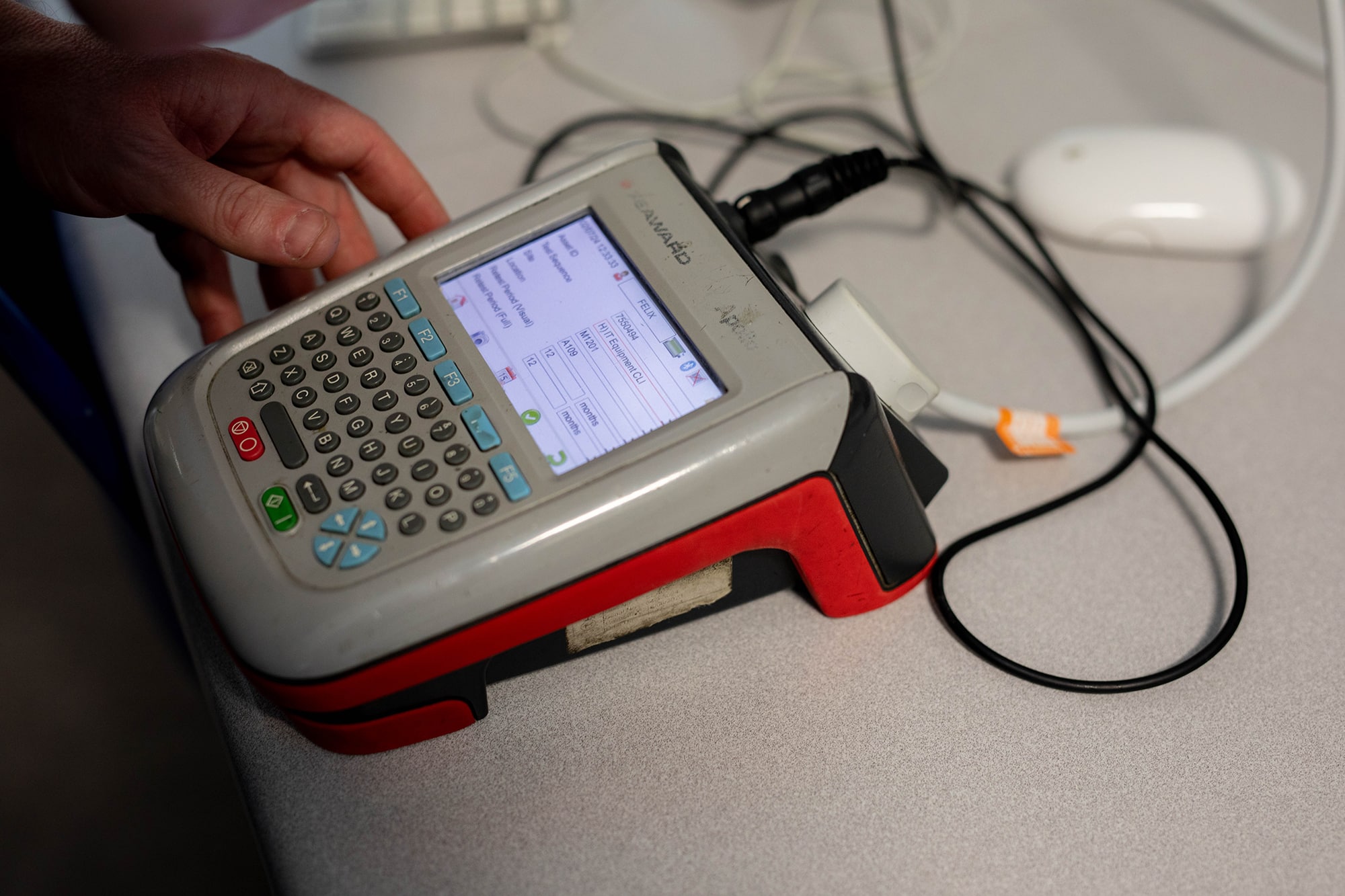Portable Appliance Testing (PAT) is a critical safety measure for businesses across The UK. and the Republic of Ireland. This process ensures that electrical appliances are safe to use and comply with legal standards, protecting both employees and customers from potential hazards.
Why PAT Testing is Important
- Safety: The primary reason for PAT testing is to ensure the safety of employees and customers. Faulty electrical appliances can cause electric shocks, fires, and other serious accidents. Regular testing identifies potential issues before they become dangerous.
- Legal Compliance: Both The UK. and the Republic of Ireland have stringent regulations regarding electrical safety in the workplace. Failure to comply can result in hefty fines, legal action, and even business closures.
- Insurance: Many insurance companies require businesses to perform regular PAT testing as part of their policy conditions. In the event of an accident, non-compliance could lead to insurance claims being denied.
Legal Requirements for PAT Testing
In The UK. the Electricity at Work Regulations (Northern Ireland) 1991 mandates that employers must ensure electrical equipment is maintained to prevent danger. Similarly, in the Republic of Ireland, the Safety, Health and Welfare at Work (General Application) Regulations 2007 require that all electrical installations and equipment are maintained to ensure safety.
Steps to Stay Compliant with PAT Testing
- Conduct Regular Testing: Schedule regular PAT testing for all portable electrical appliances. The frequency of testing depends on the type of equipment and its usage environment. For example, equipment used in a harsh environment may require more frequent testing.
- Hire Qualified Technicians: Ensure that PAT testing is carried out by qualified and competent technicians. They should be able to perform both visual inspections and instrument tests accurately.
- Maintain Records: Keep detailed records of all PAT testing activities. This includes test dates, results, and any maintenance or repairs carried out. These records are essential for demonstrating compliance during inspections.
- Label Tested Equipment: Clearly label all tested appliances with the date of the test and the next due date. This helps to in easily identify which items need to be tested and ensures no equipment is overlooked.
- Stay Informed About Regulations: Electrical safety regulations can change. Stay informed about the latest requirements and ensure your business practices are up-to-date.
PAT testing is an essential aspect of workplace safety for businesses in The UK and the Republic of Ireland. It not only ensures compliance with legal standards but also safeguards the well-being of employees and customers. By conducting regular testing, hiring qualified technicians, maintaining records, and staying informed about regulations, businesses can effectively manage their electrical safety responsibilities.
Sources
- Health and Safety Executive for Northern Ireland (HSENI) – Electrical Safety
- Health and Safety Authority (HSA) Ireland – Electricity in the Workplace
- The Electricity at Work Regulations (Northern Ireland) 1991 – Legislation.gov.uk
- Safety, Health and Welfare at Work (General Application) Regulations 2007 – Irish Statute Book
Ensuring compliance with PAT testing regulations not only meets legal requirements but also promotes a safe and secure working environment, ultimately benefiting both businesses and their stakeholders.


